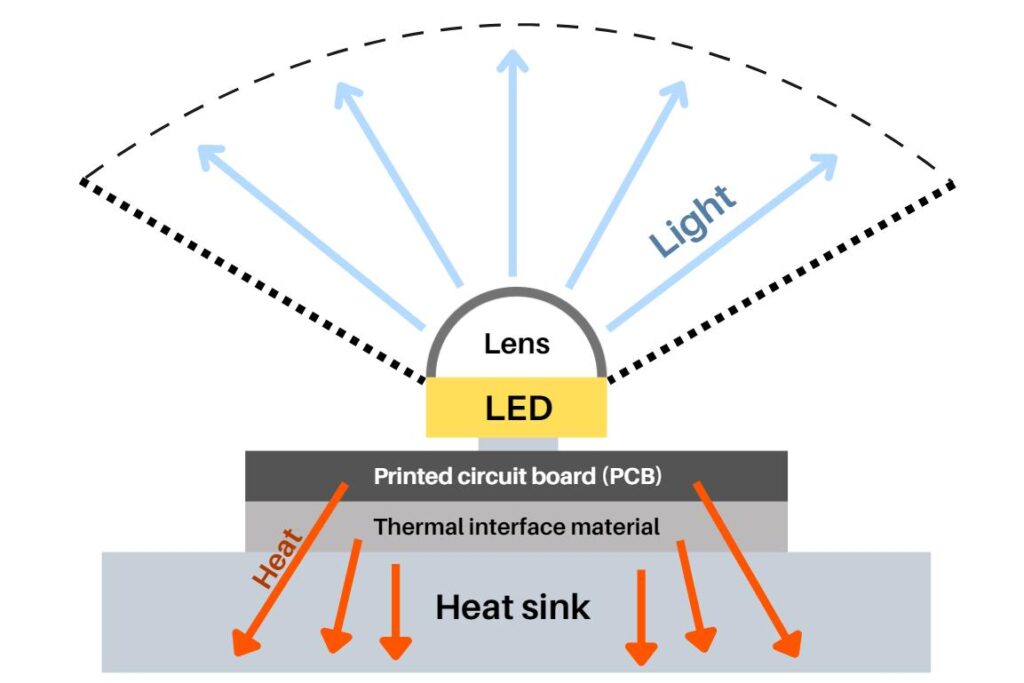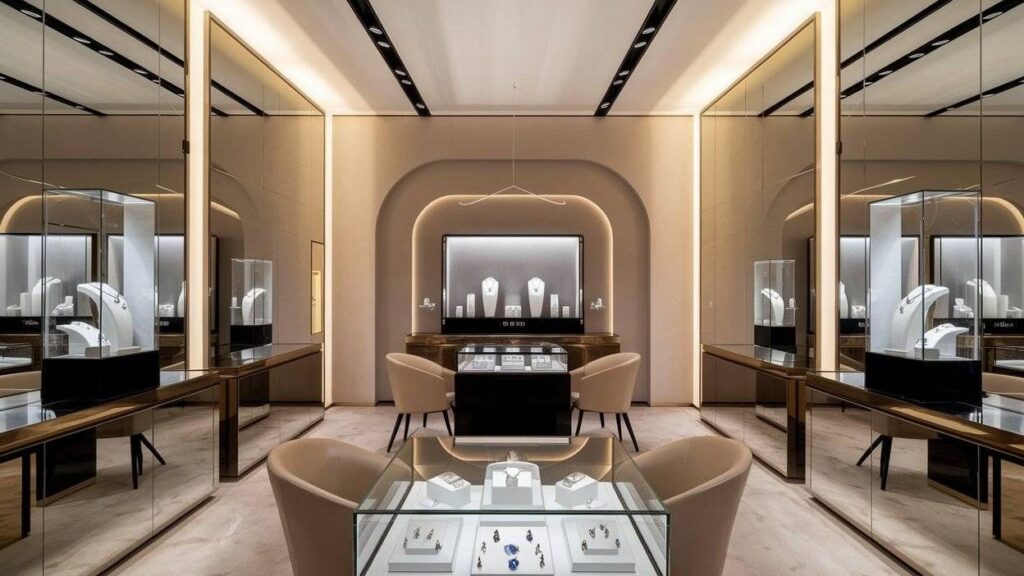Introduction
Lighting is a key part of display design. Many people often overlook its true power. Good showcase lighting lifts textures. It enriches colors and makes the space feel inviting.
But the wrong choices cause glare and uneven light. They can even damage very delicate items. In jewelry shops, museums, and retail displays, knowing what to avoid matters. It is as important as knowing what to do.
Below, we look at common showcase lighting mistakes. Each one is a simple question with plain answers, visuals, and tables for quick reference too.
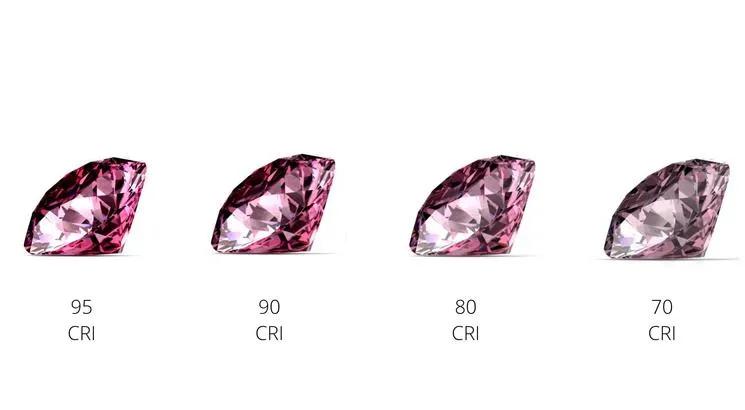
Why Does Color Rendering (CRI) Matter So Much in Showcase Lighting?
Ever see a diamond look dull in one light? Then sparkle in another?
Low-CRI lighting (under 80) washes out colors. Gemstones, textiles, and artifacts can then look flat, dull, and lifeless too. A high CRI of 90+ shows colors as they really are. It makes objects look vivid and true.
Jewelry displays need CRI over 90. Low CRI steals their sparkle. These includes diamonds, sapphires, and emeralds. Museums use high-CRI lights. They keep historic artifacts looking real and original.
| CRI Rating | Visual Effect | Best Applications |
| < 80 | Dull colors, inaccurate tones | Basic warehouse or street lighting |
| 80–89 | Decent accuracy, slight washout | General retail environments |
| 90+ | Vibrant, true-to-life tones | Jewelry displays, luxury boutiques, museums |
How Do You Choose the Right Color Temperature?
Color temperature, measured in Kelvin, significantly influences a space’s ambiance. Choosing the wrong temperature can negatively impact the overall mood.
| Color Temperature | Mood/Effect | Typical Use |
| 2700K–3000K | Cozy, elegant, luxurious | Jewelry showcases, fashion boutiques |
| 4000K | Balanced, neutral clarity | Museums, galleries |
| 6000K | Crisp, modern, high-contrast | Tech retail, exhibitions |
Tip: Mixing color temperatures in a display often looks harsh. Use one tone for harmony.
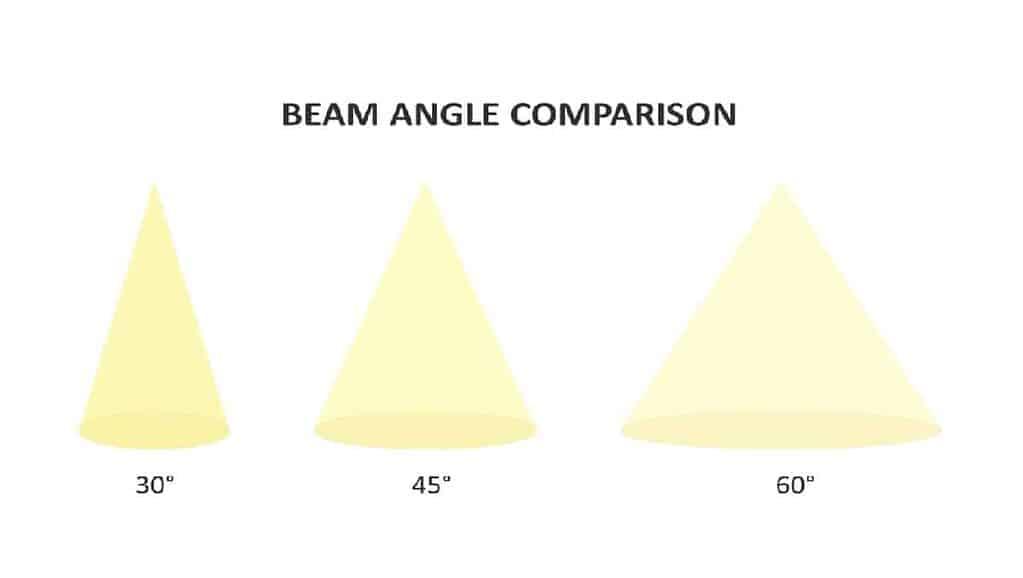
What Happens If You Ignore Beam Angle Selection?
Beam angle tells how wide or tight light spreads. However, if you get it wrong, your display will flood with spill. It could also end up with harsh glare and hot spots.
- Narrow beam (15°–25°): It is perfect for showing one jewelry piece. Also ideal for artifacts.
- Medium beam (30°–40°): Great for even light in mini showcase tracks. Simple setups..
- Wide beam (60°+): It works best in larger displays. In smaller showcases, it looks flat.
| Beam Angle | Lighting Effect | Best Use Case |
| 15°–25° | Focused spot, dramatic highlights | Jewelry, luxury watches |
| 30°–40° | Balanced, natural coverage | Small to medium showcases |
| 60°+ | Broad, even wash | Retail shelves, large exhibits |
Our mini magnetic showcase track lighting is engineered with adjustable beam angles for precision illumination.
Why Is Glare Control Often Overlooked?
Glare is common but often ignored. Lights in the wrong spot bounce on glass. The shine makes items hard to see and even uncomfortable to look at.
- Problem: Overhead spotlights directly facing glass surfaces.
- Solution: Adjustable magnetic track lighting with anti-glare accessories and careful positioning.
Visitors should focus on the product—not squint through reflections. For professional presentation, always test from different viewing angles before finalizing installation.
| Glare Issue | Cause | Solution |
| Glass reflection | Direct spotlight placement | Use angled lighting, anti-glare covers |
| Viewer discomfort | High brightness without diffusers | Choose fixtures with glare control optics |
How Does Poor Heat Management Damage Displays?
Display cases trap heat. Wrong lights make it worse. Even poorly made LEDs can overheat easily too.
- Heat buildup damages: Paintings, fabrics, and delicate artifacts.
- Solution: Use fixtures with aluminum housing, ventilation, and optimized thermal design.
For example, mini LED pole lighting integrates efficient heat sinks to keep displays cool, extending both product and lighting lifespan.
| Risk | Effect on Displays | Preventive Measure |
| Excessive heat | Warped fabrics, faded colors | Use LEDs with proper dissipation |
| Poor ventilation | Shorter fixture life | Install with spacing for airflow |
Why Should Lighting Systems Be Flexible and Adjustable?
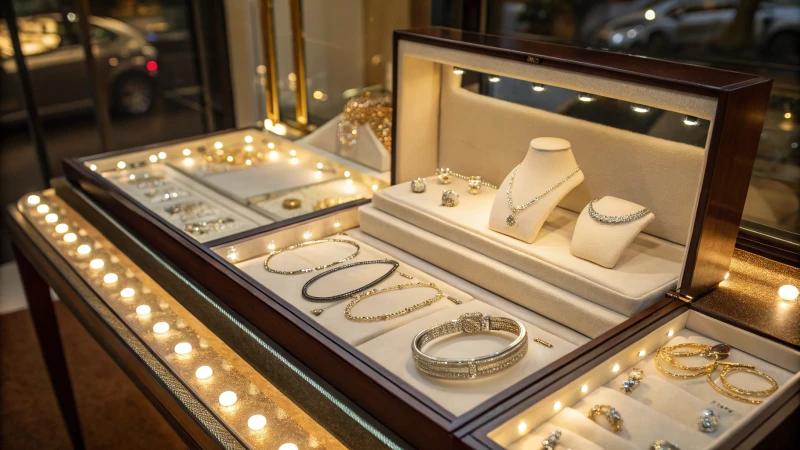
Displays evolve. A rigid setup today might not work tomorrow.
- Jewelry shops rotate seasonal collections.
- Museums update exhibitions.
- Retailers shift layouts for promotions.
Without adjustable lighting—zoomable beams, dimming options, or repositionable magnetic track lights—you lose creative control.
Check out our magnetic track systems that allow tool-free repositioning and versatile dimming.
| Flexibility Feature | Advantage | Example |
| Zoomable beams | Focus on small or large items | Jewelry and watches |
| Dimming control | Adjust brightness by mood | Retail promotions |
| Magnetic mounting | Easy repositioning | Changing exhibitions |
How Do You Balance Showcase Lighting with Ambient Lighting?
Another common mistake: treating the showcase as a spotlight island without considering the surrounding space.
- Too much contrast: Showcase looks artificial, drawing attention for the wrong reasons.
- Too little contrast: Display loses focus, blending into the background.
The goal is visual harmony: accent lighting (inside the showcase) should complement ambient lighting (in the room).
| Lighting Balance | Result | Recommendation |
| High contrast | Artificial, uncomfortable | Match showcase brightness with ambient tone |
| Balanced | Natural, inviting | Combine ambient + accent lighting |
Jewelry display showcase lighting must achieve this balance—luxurious yet natural.
Conclusion
Showcase lighting is more than light. It is a design tool that shapes the viewing experience. Bad picks in CRI, color temperature, beam angle, glare, or flexibility hurt products. They also ruin customer experience.
Avoid these mistakes. Your displays stay eye-catching, easy to view, and fully true to your brand identity, always.
At Lightrixtech Lighting, we make precise lighting. From magnetic showcase track pole lights to custom LED bars built for balance, heat control, and easy adjustment.
Ready to upgrade your displays? Contact us for expert advice and tailored solutions.
External Links:




